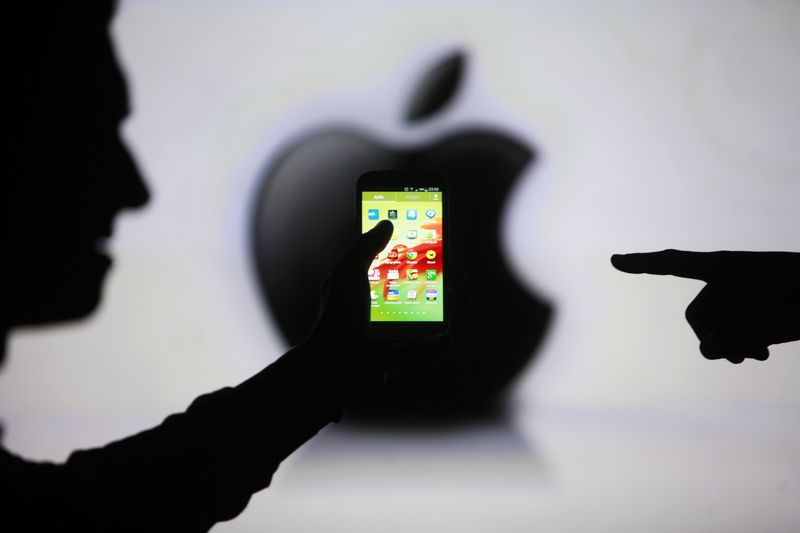Investing.com’s stocks of the week
Quiver Quantitative - Apple (AAPL) foray into the Chinese market has hit a significant roadblock, with iPhone sales plummeting by 24% in the first six weeks of this year, as unveiled by Counterpoint Research. This sharp decline, occurring in the world's largest smartphone arena, reflects not just a dampened demand for Apple's marquee device but also signals the intensifying competition from local manufacturers like Vivo, which now leads the market.
Despite Apple's efforts to stimulate demand through discounts, the broader Chinese mobile market contraction of 7% presents a challenging landscape. This sales slump has ramifications, leading to a 2.4% drop in Apple shares (NASDAQ:AAPL) in New York and casting shadows over the company's valuation and strategic standing.
Market Overview: -iPhone sales in China dropped by 24% early this year. -China's mobile market contracted by 7%, with Vivo capturing the top share. -Apple shares declined by 2.4% following the sales report.
Key Points: -Counterpoint Research highlighted the significant sales drop and market contraction. -Apple initiated rare discounts to spur demand, with resellers offering cuts up to $180. -Hon Hai Precision Industry, Apple’s assembly partner, reported an 18% sales slump, underlining the iPhone's critical financial influence.
Looking Ahead: -Apple's strategic response to the declining market share and competitive pressures in China. -Potential shifts in consumer engagement and product pricing strategies to reclaim market dominance. -Diversification and innovation, particularly in AI and new product categories like the Vision -Pro headset, as avenues for growth amidst competition.
The downturn in Apple's fortunes in China is a clarion call for strategic recalibration. As the tech titan grapples with shrinking iPhone sales and fierce local competition, the path forward involves not just aggressive market strategies but also a deeper dive into innovation and diversification.
Apple's pivot towards AI and new product categories, while battling the rising prowess of local competitors like Huawei, outlines a critical juncture. How Apple navigates these challenges will not only define its trajectory in China but also set a precedent for its global market strategies amidst evolving consumer preferences and technological advancements.
This article was originally published on Quiver Quantitative
